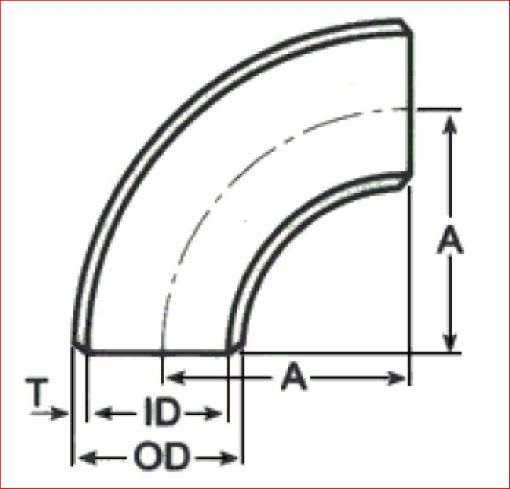Prashanth Markonda
Petroleum
Hi,
We have requested the vendor to provide 3 INCHES, SCHEDULE 80S ASTM A 312, TP 304H, SMLS, 90 DEG. 9D pipe bends.
But vendor has provided 3 INCHES, SCHEDULE 80S ASTM A 312, TP 304H, SMLS, 90 DEG.686 mm radius pipe bends.
Can you please explain difference between 9D (as per specification) and 686 mm radius (as provided by vendor) ?
Thanks in advance.
We have requested the vendor to provide 3 INCHES, SCHEDULE 80S ASTM A 312, TP 304H, SMLS, 90 DEG. 9D pipe bends.
But vendor has provided 3 INCHES, SCHEDULE 80S ASTM A 312, TP 304H, SMLS, 90 DEG.686 mm radius pipe bends.
Can you please explain difference between 9D (as per specification) and 686 mm radius (as provided by vendor) ?
Thanks in advance.

